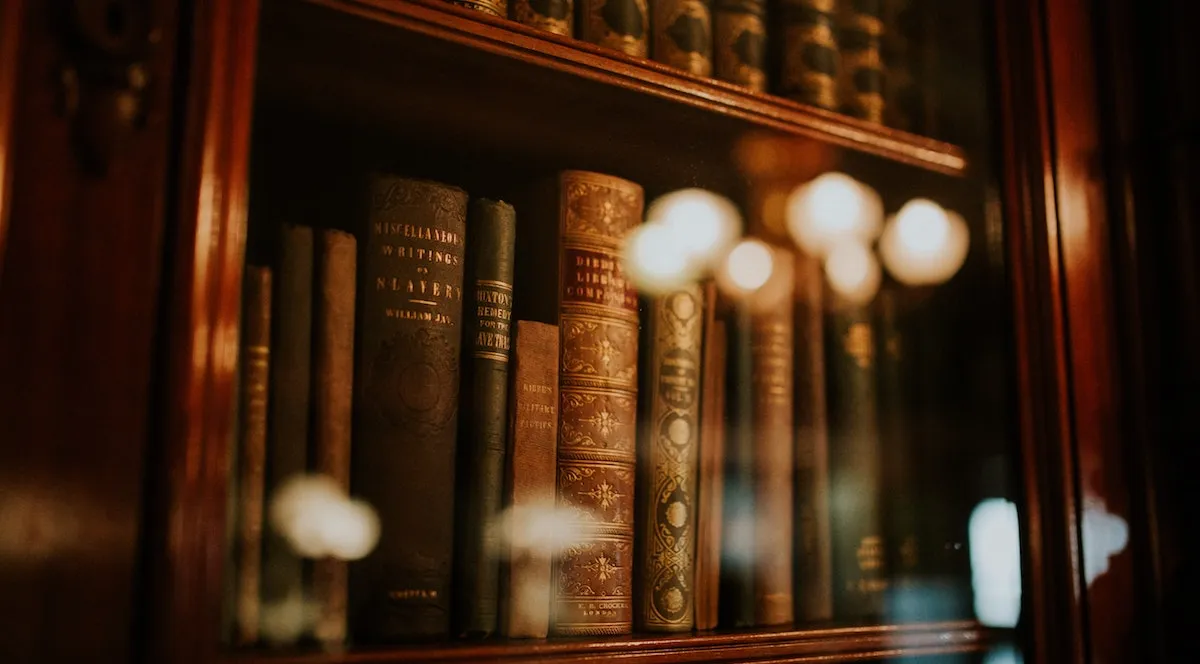
Historical fiction holds a unique allure and transports the readers to different eras. The genre immerses them in the lives of characters from the past. One of the key elements that matter a lot in historical narratives is the authenticity of the dialogue.
Creating dialogue that accurately reflects the language, speech patterns, and cultural elements of a specific historical period can enhance the readers’ immersion and the overall believability of the story. To achieve this goal, several authors take help from the ghostwriters. But if you don’t how to hire a ghostwriter for a book, then don’t worry.
In this content, you will learn how you can write accurate dialogues in history fiction.
The Foundation of Authentic Dialogue – Knowing It Better
You need to have a better understanding of the chosen historical period before you start writing. Immerse yourself in primary sources such as letters, journals, newspapers, and literature from the era. Pay attention to language patterns, slang, idioms, and expressions used by people of that time.
Example
In Pride and Prejudice by Jane Austen, characters speak with regency-era decorum, using formal language and adhering to social expectations.
Language and Vocabulary – Choosing Words Wisely
Selecting the right vocabulary is essential for creating authentic dialogue. You must avoid using anachronistic language and modern expressions that might break the illusion of the historical setting. Rather than this, incorporate period-specific vocabulary into the dialogue as it will enrich the narrative with words that were commonly used during that time.
Example
The Great Gatsby by F. Scott Fitzgerald incorporates Jazz Age slang like “old sport” to evolve the roaring twenties atmosphere.
Syntax and Grammar – Capturing Historical Speech Patterns
The way people spoke in the past often differed from modern speech patterns. You should pay attention to these changes in syntax and grammar to accurately reflect historical speech patterns. Also, adjust sentence structure and grammar to mirror the linguistic conventions of the eras, striking a balance between readability and historical accuracy.
Example
In To Kill a Mockingbird by Harper Lee, characters in Depression-era Alabama use Southern dialect and colloquialisms like “ain’t” and “Y’all.”
Cultural and Social Context – Contextualizing Dialogue
Dialogue should not exist in a vacuum but should also be deeply rooted in the cultural and social context of the time. You have to consider social hierarchies, class structures, and cultural norms when crafting dialogue. Use conversations to reflect societal attitudes, prejudices, and the impact of historical events on characters’ lives.
Example
In the book, The Color Purple by Alice Walker, the characters’ dialogue reflects the racial tension and dialect of the 1930s Southern United States.
Characterization Through Dialogue – Giving Your Character Voice
Dialogue is a powerful tool for character development in historical fiction. You must use conversations to reveal characters’ backgrounds, motivations, and beliefs. Create distinct voices for characters based on factors such as status, education, and personality to enhance the story with diverse perspectives and voices from the past.
Example
In Les Misérables by Victor Hugo, the dialogue distinguishes between the eloquent speech of nobles and the rough language of the peasants.
Dialogue Tags and Punctuation – Navigating Historical Conventions
Dialogue tags and punctuation play an essential role in maintaining historical authenticity. For this, you should use appropriate dialogue tags and punctuation conventions of the era. Incorporate historical speech markers where appropriate. While staying true to historical norms, ensure that dialogue remains clear and understandable to modern readers.
Example
In Gone with the Wind by Margaret Mitchell, dialogue tags like “she exclaimed” and “he muttered” maintain the charm of the antebellum era.
Dialogue Research Tools – Building Your Toolkit
Take advantage of language databases, historical dictionaries, and online resources to aid in your research. Engage with historical linguists or experts for guidance on language usage and authenticity. You must also build a personal reference library of period-specific language resources to inform your writing and ensure accuracy.
Example
The book by Hilary Mantel, Wolf Hall is the perfect epitome. The meticulous research ensures dialogue authenticity using Tudor-era language and speech patterns to immerse readers.
Editing and Revision – Refining Dialogue for Authenticity
The journey to authentic dialogue doesn’t end with the initial draft. You should dedicate your time to revising and refining dialogue for accuracy and consistency. Seek feedback from beta readers or historical fiction critique groups to identify areas for improvement. Fine-tune dialogue during the editing process, striving to enhance authenticity while maintaining readability.
Example
In The Book Thief by Markus Zusak, dialogue undergoes careful revision to capture the cadence and emotion of WWII-era Germany.
Conclusion
So, mastering authentic dialogue in historical fiction requires a combination of research, creativity, and attention to detail. You should follow the tips mentioned above to write accurate dialogues. Get familiar with the challenge of capturing the essence of different historical periods in dialogues and let your characters’ voices resonate across that time.